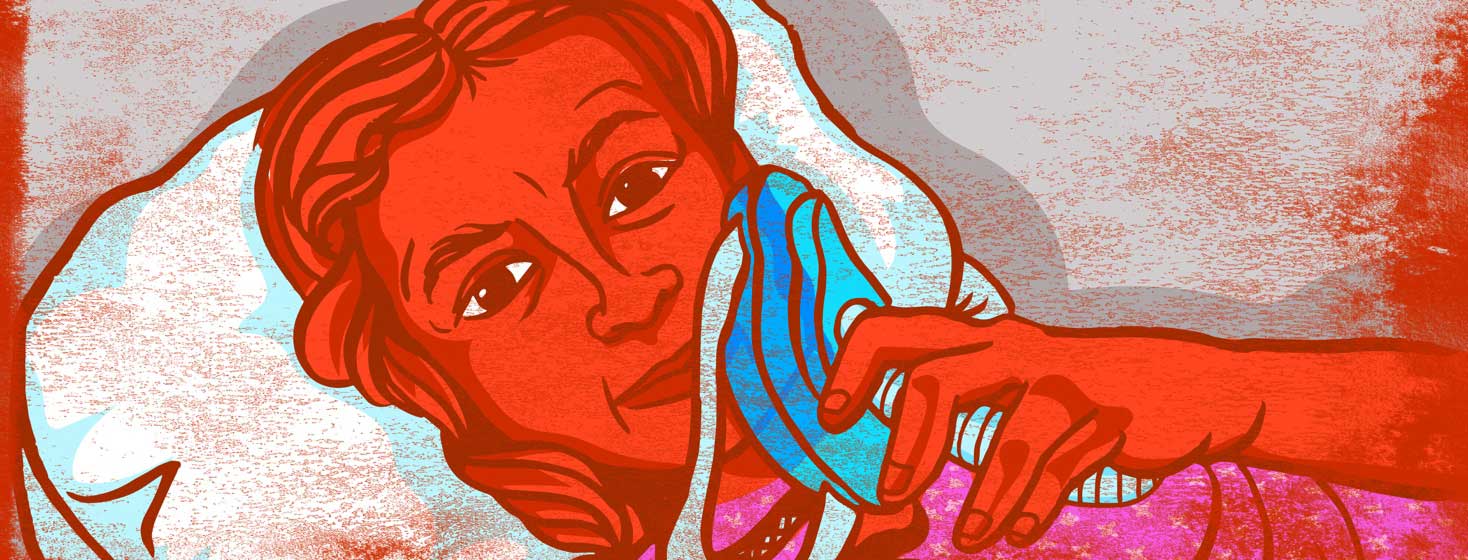BiPAP is Very Helpful for CHF
Sometimes people come to the emergency room for shortness of breath. If the doctor suspects Congestive Heart Failure (CHF) is the cause, BiPAP may be ordered. So, what is BiPAP? How can it help treat heart failure? Here's what to know.
Non-invasive and easy to use
BiPAP machines were first introduced to hospitals right about the same time I started as a respiratory therapist, during the mid-1990s. In fact, they were so new at the time that I was barely introduced to them before I graduated in 1998.
BiPAP stands for Bilevel Positive Airway Pressure. Another term you might see is Noninvasive Positive Pressure Ventilation (NPPV) or Noninvasive Ventilation (NIV). Those are a couple of the terms you might hear. Where I work, we usually just refer to it as BiPAP. They are considered non-invasive because all they require is a mask. You are able to put it on when you need it. You can take the mask off whenever you want, like when you feel better or when you want to eat.
Often used for flare-ups
They are often used for COPD flare-ups in the emergency room. Some people with COPD use them every night. With heart failure, they are usually only used during flare-ups. These flare-ups are often referred to as CHF.
CHF means that your heart is still working but is less effective at pushing blood through. This blood (fluid) backs up into your lungs. It makes your lungs “congested” with fluid. This can make it hard to breathe. So you head to the emergency room. Your doctor orders BiPAP. It is my job to set it up.
Featured Forum
View all responsesUsually temporary
The machine sits beside your bed and its tubing is attached to a mask. A therapist, like me, places the mask gently over your face. The procedure should be explained to you so you know what to expect.
The purpose of BiPAP is to help take the edge off your breathing until the medicine the doctor gives you starts to take effect. Usually, BiPAP for heart failure is only temporary and needed for 1-2 hours.
Two pressures
BiPAP machines have two pressure options. One is called Inspiratory Positive Airway Pressure (IPAP). This is a pressure that makes it easier to inhale. The machine will not force a breath into you.
That's what's so nice about BiPAP machines. You control them. You determine when you are going to get a breath. When the device senses you are ready to inhale, it simply applies a slight pressure to assist.
The second option is Expiratory Positive Airway Pressure (EPAP), a pressure applied by the machine when you exhale. This pressure acts as a splint to hold your airways slightly open when you exhale. It keeps them from collapsing and allows the next breath to come in easier. This can also help improve your oxygen levels and ensure they stay within a safe range.
Pressure off your heart and lungs
BiPAP machines can also give you oxygen. There is 21% oxygen in the air we inhale. Sometimes oxygen levels may decline with CHF which can make breathing even more difficult. BiPAP can give you up to 100% if needed and can make breathing easier by taking the pressure off your heart and lungs.
Reducing right ventricular afterload
Studies show BiPAP is very helpful for CHF, supporting your breathing so you don’t have to work as hard to inhale. It also helps your heart. Some people might say that it pushes fluid out of your lungs, and though it might happen to a small degree, it’s not the main reason BiPAP is helpful for CHF.1
The main way BiPAP helps is by reducing right ventricular afterload. That’s a fancy medical term meaning the heart doesn’t have to work as hard to push blood through your lungs. In essence, it makes your heart a better pump. It also reduces systemic venous return to your heart. This means less blood flows back to your heart, less work for your heart, and less swelling overall. Lastly, BiPAP helps maintain normal oxygen levels which can help you feel better.1
Generally well tolerated
Not everyone with CHF will need BiPAP. Still, it can be a good option if necessary. BiPAP is generally well-tolerated. Our newer masks are very comfortable and most patients prefer them. In fact, I set one up on a lady just prior to writing this. She initially resisted it but decided to give it a chance after feeling the improvement. Two hours later she was all better and had a bright smile as I removed the mask. That made my day.

Join the conversation